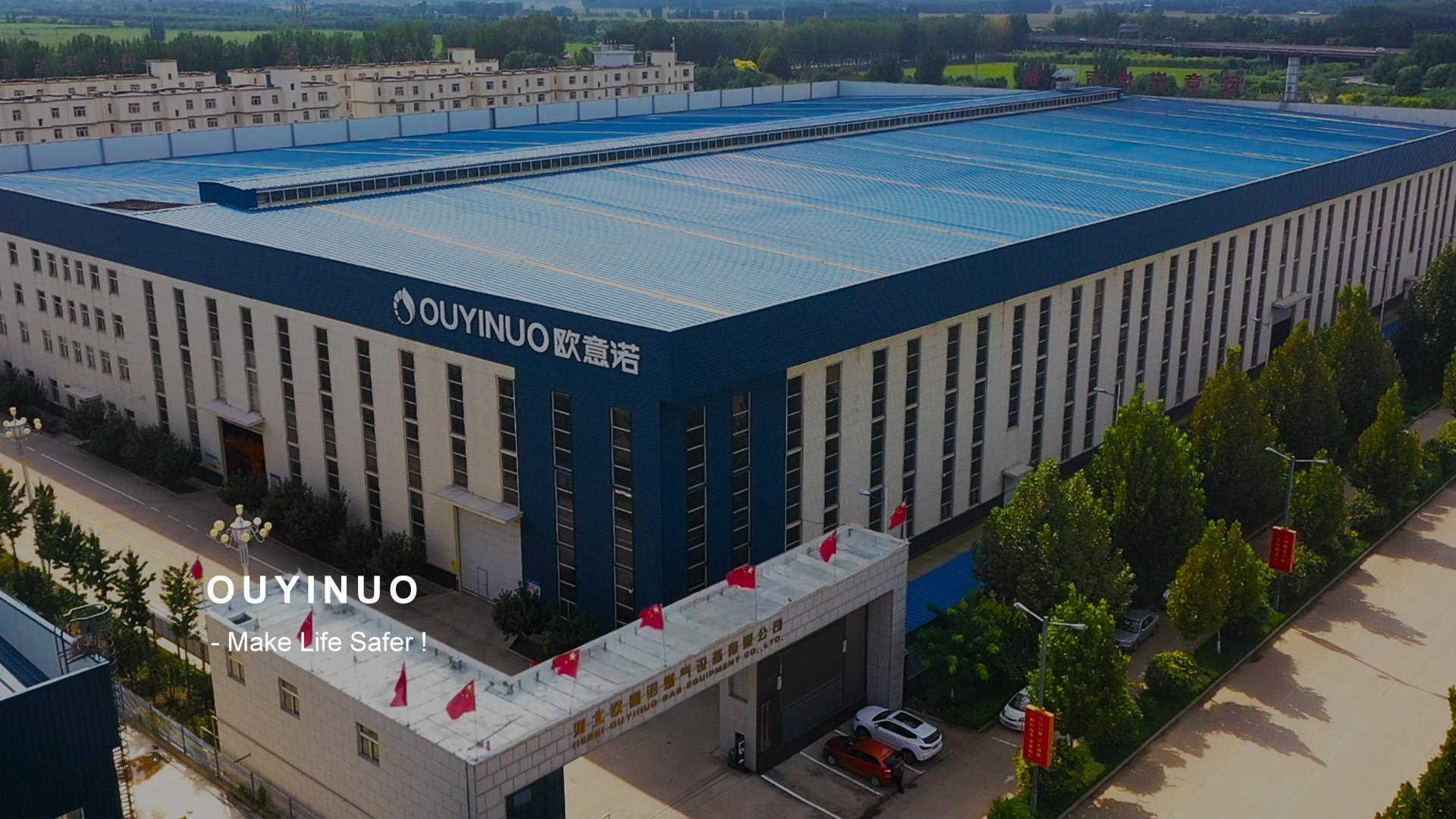
Jul . 29, 2024 17:17
Back to list
Understanding the Functionality and Importance of Gas Pressure Regulating Valves in Systems
Understanding Gas Pressure Regulating Valves Essential Components for Safe Operations
Gas pressure regulating valves (GPRVs) are critical components in various industries that utilize gas as a source of energy or as a raw material. These valves play an essential role in ensuring the safe and efficient operation of gas distribution systems by controlling and maintaining the pressure of gas within specified limits. This article will delve into the basic functions, types, applications, and significance of gas pressure regulating valves.
Functions of Gas Pressure Regulating Valves
The primary function of a gas pressure regulating valve is to maintain a consistent outlet pressure despite changes in inlet pressure or flow demand. This regulation is crucial because gas systems operate under various conditions, including fluctuations in upstream pressure due to changes in supply or consumption patterns. By automatically adjusting the valve position, GPRVs ensure that the pressure at the outlet remains within a safe and functional range. This not only protects downstream equipment from damage but also enhances overall operational efficiency.
Types of Gas Pressure Regulating Valves
Gas pressure regulating valves come in several types, each designed for specific applications and pressure ranges. The most common types include
1. Single-Stage Regulators These are used for applications where inlet pressure is relatively constant. They provide a direct reduction in pressure with a single valve operation.
2. Two-Stage Regulators As the name suggests, these regulators use two stages to control pressure more precisely. The first stage reduces the pressure significantly, and the second stage fine-tunes it to the desired outlet pressure. This design is particularly beneficial for systems with varying inlet pressures.
4. Regulators with Built-in Safety Features Many modern GPRVs are equipped with safety features, such as excess flow shutoff and pressure relief mechanisms, to prevent over-pressurization and ensure safe operation.
gas pressure regulating valve

Applications of Gas Pressure Regulating Valves
Gas pressure regulating valves are utilized in a wide range of industries, including
- Natural Gas Distribution GPRVs are an integral part of natural gas pipelines, ensuring that the gas delivered to consumers maintains a safe and consistent pressure.
- Industrial Applications Many manufacturing processes rely on gaseous fuels such as natural gas, propane, or hydrogen. GPRVs help maintain optimal pressure for burners, boilers, and other equipment.
- HVAC Systems In heating, ventilation, and air conditioning systems, GPRVs regulate gas supply to ensure efficient and safe combustion in gas-powered heaters and boilers.
- Cooking and Residential Appliances Home appliances, such as gas ranges and water heaters, rely on GPRVs to control gas pressure to ensure safe and efficient operation.
Significance of Gas Pressure Regulating Valves
The importance of gas pressure regulating valves cannot be overstated. They enhance the safety of gas systems by preventing over-pressurization, which can lead to equipment failure, leaks, or even catastrophic explosions. They also contribute to energy efficiency by ensuring that gas flows are optimized for various applications, thus reducing waste and lowering operational costs.
In conclusion, gas pressure regulating valves are indispensable in ensuring the safe and efficient use of gas in various industries. Understanding their function, types, and applications helps industry professionals select the appropriate valves for their systems, thus enhancing both safety and performance. As technologies advance, GPRVs continue to evolve, incorporating smart features that further improve their functionality and reliability in an ever-growing demand for gas utilization.
Latest news
-
Safety Valve Spring-Loaded Design Overpressure ProtectionNewsJul.25,2025
-
Precision Voltage Regulator AC5 Accuracy Grade PerformanceNewsJul.25,2025
-
Natural Gas Pressure Regulating Skid Industrial Pipeline ApplicationsNewsJul.25,2025
-
Natural Gas Filter Stainless Steel Mesh Element DesignNewsJul.25,2025
-
Gas Pressure Regulator Valve Direct-Acting Spring-Loaded DesignNewsJul.25,2025
-
Decompression Equipment Multi-Stage Heat Exchange System DesignNewsJul.25,2025

